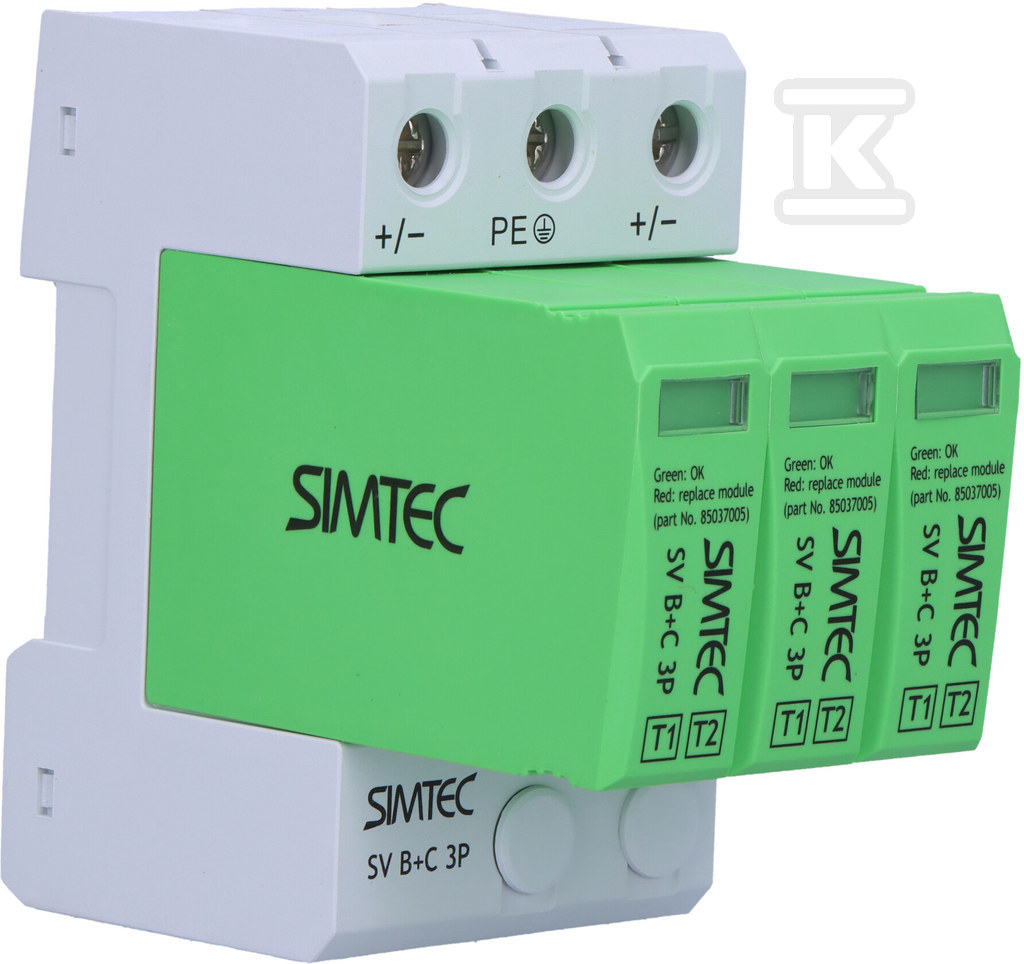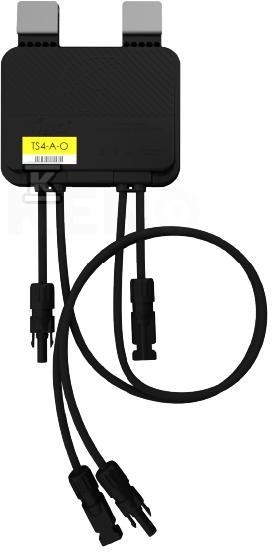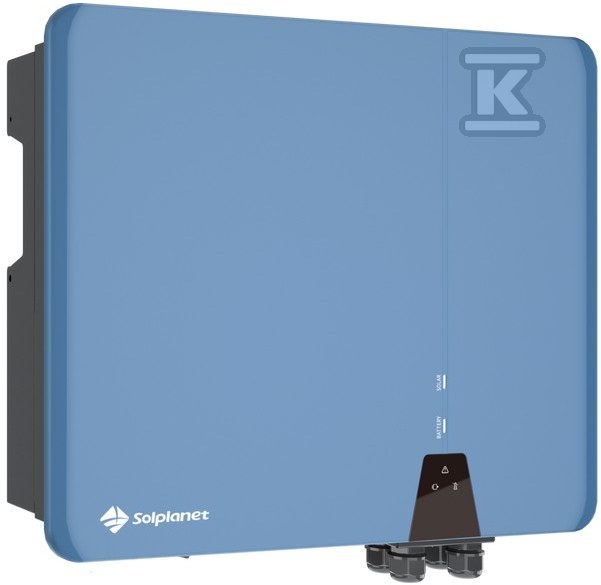Photovoltaic installation turns off on cloudless days, which means that electricity bills do not decrease at all, and green energy is not enough to cover the needs of the home or business? There are several basic reasons why the inverter turns off unexpectedly. In this article, you will learn why the production of electricity by photovoltaic panels is interrupted and how to reduce the shutdown of photovoltaic installations on sunny days.

Check out photovoltaics at the Onninen wholesaler
Voltage surges and photovoltaic system shutdowns
The photovoltaic installation does not work at night, so as not to use energy from the grid unnecessarily. However, with sunrise, the system should start automatically without user intervention. Short- or long-term shutdown of photovoltaic panels during the day may occur for various reasons. If the photovoltaic system does not turn off due to a grid failure or too low/high inverter temperature, the probable cause of the problem is so-called voltage surges and they do not mean that the photovoltaic installation has been damaged.
 Too high voltage in the network causes photovoltaic inverters to automatically and immediately switch off for safety reasons. Otherwise, it could cause expensive repairs or even irreversible damage to individual infrastructure elements. The permitted value is 230V +/- 10%. Reducing the voltage to a normal level and stabilizing the network parameters for about 10 minutes should cause the inverter to return to work.
Too high voltage in the network causes photovoltaic inverters to automatically and immediately switch off for safety reasons. Otherwise, it could cause expensive repairs or even irreversible damage to individual infrastructure elements. The permitted value is 230V +/- 10%. Reducing the voltage to a normal level and stabilizing the network parameters for about 10 minutes should cause the inverter to return to work.
It should be remembered that voltage surges occur cyclically in the network, more often in spring and summer, when photovoltaics produce the largest amounts of energy. Surpluses go to the operator, but at peak production moments they can cause voltage surges. Voltage surges would not occur to the extent they do now if it were not for the aging energy infrastructure in Poland. By 2030, it is to be comprehensively modernized with funds from the National Fund for Environmental Protection and Water Management (NFOŚiGW).
How to prevent overvoltages in PV installations?
Although the impact of voltage surges on the efficiency of photovoltaics is relatively small and causes temporary, automatic shutdown of the inverter, in the long term it can generate significant losses. An effective solution to the problem of electrical surges, and consequently - frequent shutdown of the photovoltaic installation on sunny days, is self-consumption, i.e. (in the most optimistic scenario) the total consumption of the produced electricity by the household or company.
 Self-consumption is aided by, among other things, installing additional building systems (heat pump, air conditioning). In addition, to prevent overvoltages, it is worth using the delayed start function in household appliances, e.g. in a dishwasher or washing machine, in order to draw electricity by these devices during hours of increased energy production by photovoltaics. Energy storages that accumulate surpluses are irreplaceable in solving the problem of overvoltages and increasing self-consumption.
Self-consumption is aided by, among other things, installing additional building systems (heat pump, air conditioning). In addition, to prevent overvoltages, it is worth using the delayed start function in household appliances, e.g. in a dishwasher or washing machine, in order to draw electricity by these devices during hours of increased energy production by photovoltaics. Energy storages that accumulate surpluses are irreplaceable in solving the problem of overvoltages and increasing self-consumption.
The energy reserve can be used, for example, after dark, when the PV installation is not working. Your own energy storage is an excellent investment, strongly supported by government and EU programs. Funding for the purchase of an energy storage can be obtained under the Mój Prąd 4.0 program.
Correct operation of the inverter and the influence of the outside temperature
Temperature has a significant impact on the operation of the inverter (not the photovoltaic panels), which is why it is worth taking care of the appropriate location of the device at the design stage of the installation. Both too low and too high temperatures will cause the inverter to switch off. The permissible operating temperature of the device is specified by its manufacturer.
 Typically, a PV installation is able to efficiently produce electricity at temperatures ranging from -25°C to +60°C. Undesirable increases can be caused not only by the ambient temperature, but also by improper ventilation of the inverter and its exposure to direct sunlight. When the temperatures around the inverter are too high and it is not possible to install it in a place protected from sunlight, it is recommended to implement a ventilation system.
Typically, a PV installation is able to efficiently produce electricity at temperatures ranging from -25°C to +60°C. Undesirable increases can be caused not only by the ambient temperature, but also by improper ventilation of the inverter and its exposure to direct sunlight. When the temperatures around the inverter are too high and it is not possible to install it in a place protected from sunlight, it is recommended to implement a ventilation system.
We encourage suppliers and installers of photovoltaics to familiarize themselves with the offer of our wholesaler, where ready-made photovoltaic sets, single devices and accessories await. Onninen technical and sales specialists answer questions and advise on individual solutions.